Brogliato - Nonsmooth Mechanics : Models, Dynamics and Control
Here you can read online Brogliato - Nonsmooth Mechanics : Models, Dynamics and Control full text of the book (entire story) in english for free. Download pdf and epub, get meaning, cover and reviews about this ebook. City: Cham, year: 2016, publisher: Imprint, Springer, Springer International Publishing, genre: Home and family. Description of the work, (preface) as well as reviews are available. Best literature library LitArk.com created for fans of good reading and offers a wide selection of genres:
Romance novel
Science fiction
Adventure
Detective
Science
History
Home and family
Prose
Art
Politics
Computer
Non-fiction
Religion
Business
Children
Humor
Choose a favorite category and find really read worthwhile books. Enjoy immersion in the world of imagination, feel the emotions of the characters or learn something new for yourself, make an fascinating discovery.
- Book:Nonsmooth Mechanics : Models, Dynamics and Control
- Author:
- Publisher:Imprint, Springer, Springer International Publishing
- Genre:
- Year:2016
- City:Cham
- Rating:5 / 5
- Favourites:Add to favourites
- Your mark:
Nonsmooth Mechanics : Models, Dynamics and Control: summary, description and annotation
We offer to read an annotation, description, summary or preface (depends on what the author of the book "Nonsmooth Mechanics : Models, Dynamics and Control" wrote himself). If you haven't found the necessary information about the book — write in the comments, we will try to find it.
Brogliato: author's other books
Who wrote Nonsmooth Mechanics : Models, Dynamics and Control? Find out the surname, the name of the author of the book and a list of all author's works by series.

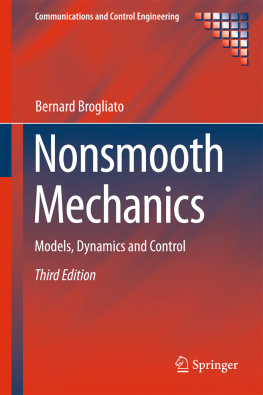
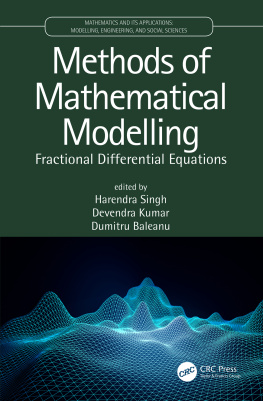

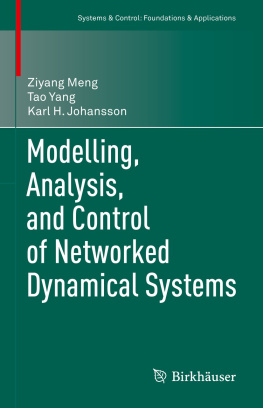
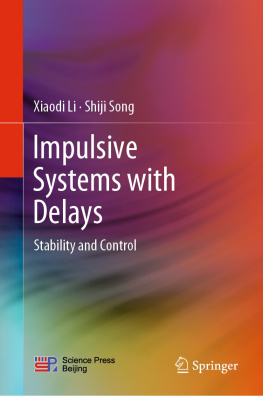

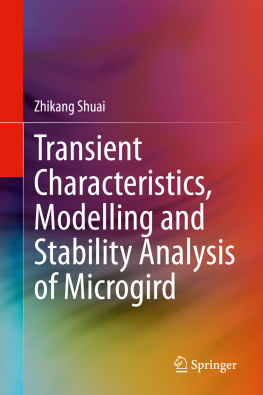
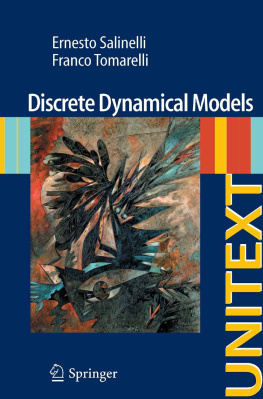
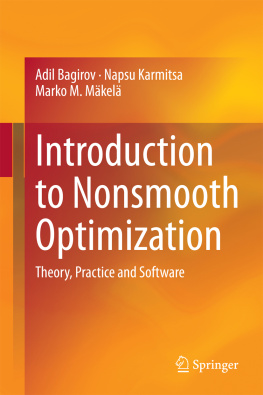
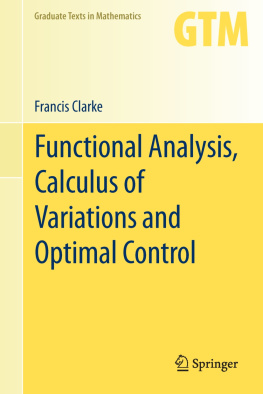
 represents the collision duration and
represents the collision duration and  represents the force during the collision (
represents the force during the collision (  may be viewed as a time function whose support is
may be viewed as a time function whose support is  , i.e.,
, i.e.,  is zero outside K ), then the force impulse
is zero outside K ), then the force impulse  due to the impact at time
due to the impact at time  is:
is: 

 at the instant
at the instant  . The dynamical equation is given by:
. The dynamical equation is given by: 
 possess (possibly zero) respective jumps
possess (possibly zero) respective jumps  and
and  at
at  , where
, where  ,
,  . In the following we shall prove that
. In the following we shall prove that  whereas if
whereas if  is not zero, then neither is
is not zero, then neither is  . We have:
. We have: 
 represents the derivative of
represents the derivative of  calculated ignoring the points of discontinuity of
calculated ignoring the points of discontinuity of  , and which is not defined at the points of discontinuity [1082, Chap. 2, Sect. 3]. For instance, the distributional derivative of the heavyside function
, and which is not defined at the points of discontinuity [1082, Chap. 2, Sect. 3]. For instance, the distributional derivative of the heavyside function  for
for  ,
,  for
for  is
is  . The notation Dh instead of
. The notation Dh instead of 